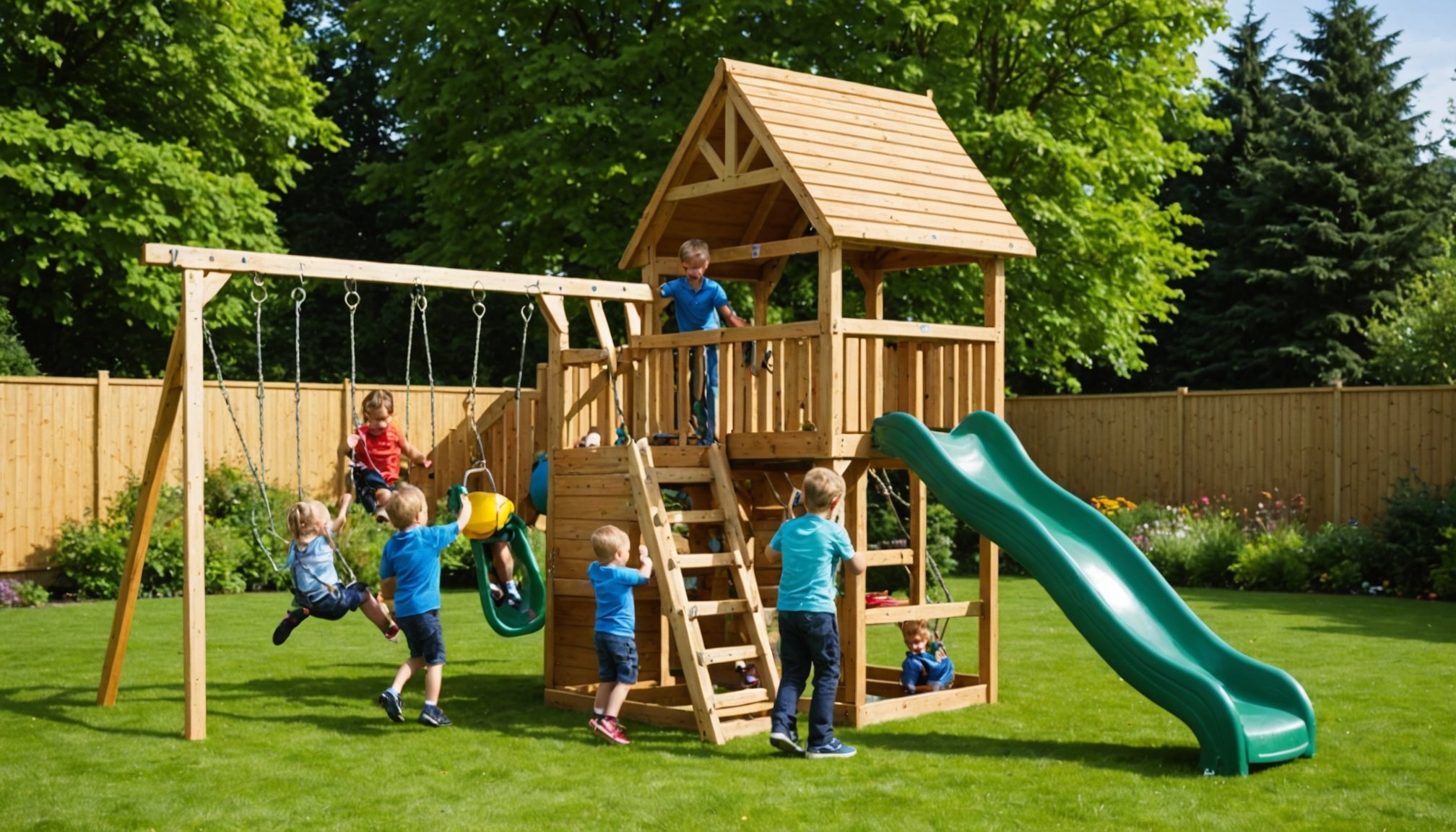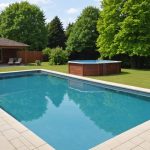As a parent or guardian, nothing can be more satisfying than seeing your children playing freely and joyfully in your garden. A playground at home is a perfect place for kids to develop physical strength, coordination, and balance. However, selecting the right play equipment can be an intimidating endeavor. Is it safe? Will it last in the harsh UK weather? Will it suit my garden space? Don’t worry, because we got you covered. In this guide, we aim to provide you with comprehensive insights that will help you choose the best play equipment for your garden while ensuring safety and durability.
Understanding Your Outdoor Space and Options
Before diving into the sea of play equipment, take a moment to understand your outdoor area. Consider the size, the kind of soil, and the overall layout of your garden. You also need to think about the space you will leave for other garden activities.
En parallèle : Which Native UK Plants Attract Beneficial Insects for Organic Pest Control?
Having an understanding of your outdoor space will ensure the play equipment fits perfectly without making your garden look cluttered. This will also give you an idea about the different types of play equipment you can opt for, such as climbing frames, swings, or slides, which are popular in the UK.
By understanding your outdoor space, you can start to visualise what types of play equipment will work best. For example, if your garden has many trees, a wooden swing set might be the perfect addition. Alternatively, if you have a spacious lawn, why not consider a climbing frame with multiple play options?
A découvrir également : What Techniques Can Maximize Crop Rotation Benefits in a UK Garden?
Choosing Quality and Durable Materials
Living in the UK, we all know how unpredictable the weather can be. Hence, while choosing the play equipment, you need to ensure it’s made of high-quality, durable materials that can withstand the UK weather.
Wooden play equipment, such as climbing frames or swings, is a popular choice as it blends naturally with the garden environment and is robust enough to withstand harsh weather conditions. Look out for pressure-treated wood, as it offers added protection against rot and insect damage.
Plastic play equipment can be a colourful, lightweight option for smaller gardens. However, they may not be as durable as wooden options. Regardless of the material you choose, ensure it complies with safety standards.
Prioritising Safety in Design
When it comes to children’s play equipment, safety should be your top priority. A safe design doesn’t necessarily mean compromising on fun.
The play equipment should have a sturdy structure to prevent tipping over. Look for round edges and corners to minimise the chance of injuries. If you’re considering climbing equipment, ensure they have secure handrails and barriers.
Another critical aspect of safety is the installation process. Whether you’re doing it yourself or hiring a professional, follow all installation instructions meticulously to ensure the equipment is safely and securely installed.
Involving Your Children in the Selection Process
Involving your kids in the selection process can make them feel valued and excited about the new playground. Ask them what they would like in their dream playground, but remember to steer their expectations towards safe and realistic options.
Remember to consider their age, interests, and abilities when choosing equipment. A climbing frame might be ideal for an adventurous, older child, while a safe swing set could be better suited for a younger child.
Considering Longevity and Future Use
A significant aspect to remember when choosing play equipment is its longevity and potential for future use. A well-planned play area can grow with your child, accommodating their changing interests and abilities.
Modular designs will help you add or remove components over time, ensuring that the playground continues to challenge and entertain your kids as they grow. For example, a basic wooden climbing frame can be enhanced with a slide, swing, or monkey bars as your child grows and their motor skills improve.
Remember, your garden is not just a space, but a playground that nurtures your children’s development. By understanding your outdoor area, choosing durable materials, prioritising safety, involving your kids and considering future use, you can create a safe, fun and long-lasting play area that will provide endless hours of joy for your children.
Incorporating Playground Markings and Flooring
A crucial aspect that many parents or guardians overlook when setting up a playground in their garden is the necessity of playground markings and suitable flooring. Playground markings are not just colourful decorations. They offer a range of benefits, including stimulating imaginative play, improving motor skills, and teaching basic road safety rules.
You could choose from a wide variety of playground markings, including hopscotch, number lines, mazes, and many more. However, be sure to choose non-toxic, weather-resistant paint to ensure longevity and safety.
On the other hand, playground flooring should be soft and shock-absorbing to minimise the risk of injuries from falls. Wet pour is a popular choice for playground flooring in the UK due to its durability and versatility. It is essentially a blend of rubber granules and a binder that gives a seamless, cushioned surface.
An alternative to wet pour could be artificial grass. Not only does it give your garden play area a natural look, but it also requires less maintenance compared to natural grass. Whether you choose wet pour or artificial grass, ensure that your playground flooring is installed correctly to offer maximum safety.
Integrating Natural Elements in Your Playground
Integrating natural elements in your playground not only enhances the overall look of your garden but also exposes your children to nature, thus encouraging their curiosity and appreciation for the environment.
Creating a balance between manufactured playground equipment and natural elements can make your garden play area more engaging. For instance, you could incorporate rocks for climbing, logs for balancing, sand for digging, or plant a small vegetable garden for your children to care for.
Natural elements can also offer sensory experiences. Consider adding a water feature where children can play and learn about water movements. However, always prioritise your child’s safety. Always supervise younger children around water and ensure the water feature is safe and secure.
Conclusion
Setting up a playground in your garden is indeed a significant project that demands careful planning and consideration. It’s not just about choosing the right play equipment but also about ensuring the safety, durability, and versatility of your play area.
Remember, a well-designed playground can do wonders for your children’s physical, cognitive, and social development. By understanding your outdoor space, considering your children’s tastes and abilities, prioritising safety, choosing durable materials, and integrating playground markings and natural elements, you’re all set to create a magical outdoor play space for your kids.
But most importantly, remember that a playground should be a place of joy and fun. So don’t forget to incorporate elements that bring a smile to your child’s face, whether it is a swing, a climbing frame, or a sandbox. After all, a happy child is the best reward you can ask for.











